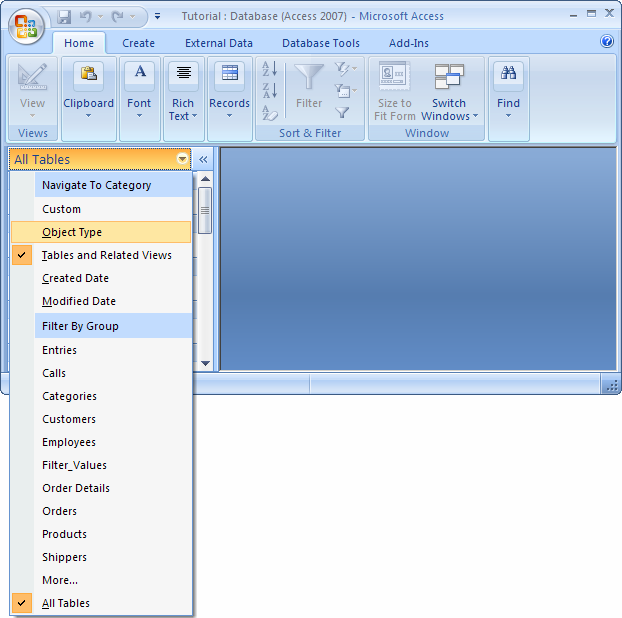

If you replace the system-provided back button chevron with a custom image, you may need to supply a custom mask image, too. If you implement a custom back button, make sure it still looks like a back button, behaves as people expect, matches the rest of your interface, and is consistently implemented throughout your app or game. People know that the standard back button lets them retrace their steps through a hierarchy of information. If you implement this type of behavior, let people restore the navigation bar by tapping the screen or swiping down. For example, Photos hides the navigation bar and other interface elements when people view full-screen photos. Using no more than about 15 characters tends to work well in most screens because it leaves enough room for a back button and optional controls.Ĭonsider temporarily hiding the navigation bar to provide a more immersive experience. Aim for a word or short phrase that distills the purpose of the screen. Your app’s name doesn’t provide useful information about the screen or your content hierarchy, so it doesn’t work well as a title. For example, Notes doesn’t title the current note because the first line of content typically supplies sufficient context. However, if titling a navigation bar seems redundant, you can leave the title area empty. A screen’s title helps people confirm their location as they navigate your app.

Use the title area to describe the current screen if it provides useful context. Also, you typically display the title of a macOS window in the title bar. To enable navigation in a macOS app, you often use a sidebar or a navigation control like a Back button in a toolbar. A navigation bar appears at the top of an app screen, enabling navigation through a hierarchy of content.Ī navigation bar also provides a natural place to display a screen’s title - helping people orient themselves in your app or game - and it can include controls that affect the screen’s content.


 0 kommentar(er)
0 kommentar(er)
